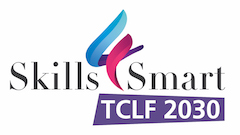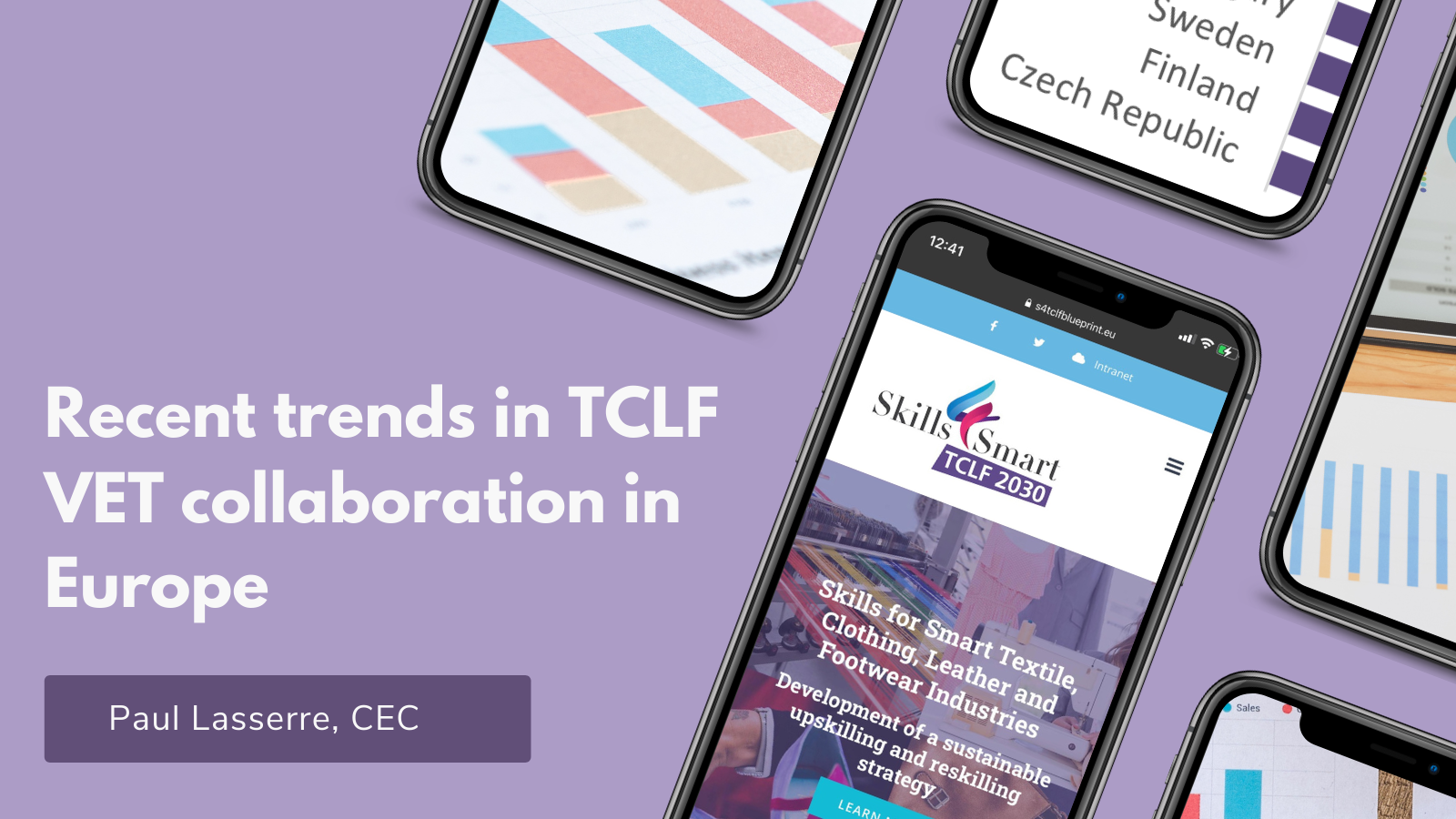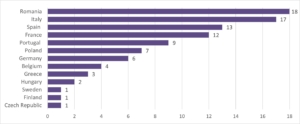In autumn 2020, the S4TCLF project launched a survey of European TCLF VET providers as a first step toward the establishment of a Network of EU TCLF VET providers promoting Excellence. The survey identifies the scope of VET providers’ activities, how they function and are governed, their interests and their current collaboration schemes with other centres. The results presented here specifically focus on one aspect of the survey: VET collaboration, which is the basis to successfully build-up the future Network.
A few words about our sample
Graph 1: Geographical origin of respondents (N=94)
The survey was administered through an online questionnaire sent to VET providers via e-mail. Because of the data collection method, our sampling was done through self-selection. The respondents of the survey include school principals, teachers, and heads of training departments. The survey’s respondents come from 94 different VET providers, including professional schools, higher education institutions, research and technology centres, public employment agencies offering training, and business associations offering training. The countries represented in the survey are Belgium, Czechia, Finland, France, Germany, Greece, Hungary, Italy, Poland, Portugal, Romania, Spain, and Sweden.
How do EU VET providers currently collaborate?
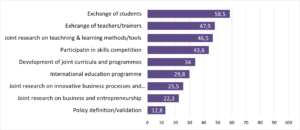
Graph 2: Nature of collaboration with other parties (% of observations, N = 94)
Mobility-related activities are the most common form of collaboration
Mobility-related activities top the list of collaboration activities carried out by our sample of VET providers. Indeed, 59,5% of VET providers surveyed organise exchanges of students, and 47,9% offer the possibility to trainers/teachers to be trained and learn in other institutions.
The level of collaboration in research depends on the field
When it comes to joint research activities, 46,5% of surveyed VET providers declare doing so in the field of teaching & learning methodologies and tools. Joint research on innovative business processes and products and joint research on entrepreneurship are less common areas for collaboration among our sampled VET providers.
A third of VET providers offer joint curricula or international programmes
Roughly a third of surveyed VET providers declare coordinating joint curricula and international education programmes. This is an interesting finding as such initiatives require a lot of efforts and organisation to be properly set up.
A small percentage of VET providers are involved in education policy definition and validation
Our research findings show that only 12% of VET providers from our sample play a role in either defining or validating education policy orientations.
Most TCLF VET providers engaging in collaboration activities do so within their regions or countries
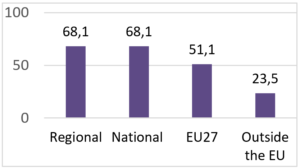
Graph 3: Geographical scope of collaboration with public authorities
(% of observations, N = 94)
Sixty-eight percent of sampled VET providers declare that when collaborating, this is done at regional or national level. Half of VET providers collaborate with entities from the European Union, while collaboration with entities outside the EU accounts for 23,5%.
Collaboration with companies
Unsurprisingly, almost all of surveyed VET providers collaborate with sector-specific companies. Collaboration with machinery and technology providers (38,3%) and training methodology/technology providers (29,8%) is less common. When it comes to the nature of the collaboration with companies, apprenticeships are by far the most common type of activity (75,5%). Adaptation of training programmes comes in second position (52,2%), followed by continuous education of employees (41,5%), company experts as teachers (40,4%), “train the trainers” of your institution (30,9%) and donation of machinery and latest technology providers (26,6%).
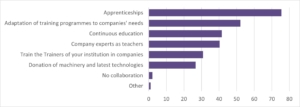
Graph 4: Areas of collaboration activities with companies (% of observations, N = 94)
The most frequently mentioned benefit of collaborating with companies is that internships are considered highly beneficial for students to develop professional skills, and that having students interact with companies during their studies increases their employability once they are out of school. Collaboration with companies is also described as an effective way to develop training content that best responds to companies’ needs and as an excellent way for both students and teachers to update their knowledge.
But surveyed VET providers mention that the amount of time that companies allocate to students can sometimes be too low, and that it can be difficult to find companies that are willing to collaborate with education and training organizations for a few direct financial benefits. Respondents also note that companies operate on a different schedule than Education and that it can sometimes be difficult to involve them in the long-run.
Collaboration with public authorities
Sixty per cent (60%) of surveyed VET providers collaborate with municipal authorities, 57,6% collaborate with regional authorities, and 51,1% collaborate with national authorities. Roughly 70% of VET providers declare collaborating with public authorities to set up curricula to respond to local/regional employment needs and priorities. Respondents highlight that having an advisory role in education policy results in better defined territorial policies that really support the sectors. About 60% of VET providers from our sample also collaborate with public authorities to attract students to VET studies (59,6%). To a lesser extent, VET providers work together with public authorities to integrate migrants and/or refugees into the labour market (14,9%).
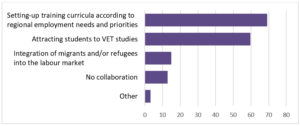
Graph 5: Areas of collaboration activities with public authorities
(% of observations, N = 94)
VET providers note that collaborating with public authorities is a real plus because public institutions are in a position to shine a light on and diffuse achievements to other territories. On the other hand, VET providers from our sample deplore the lack of extra pay or support for teachers that participate in innovative and unconventional activities, despite the dedication and effort that they require. The sometimes-slow administrative procedures inherent to public administration and the difficulty to reach the appropriate people are also described as difficulties encountered when engaging with public authorities.
Collaboration with other education institutions
Roughly 60% of surveyed VET providers collaborate with other VET providers from their country, but only 24,5% of them collaborate with VET providers from other countries. Collaboration with Higher Education Institutions also seems to be common, as 55,3% of surveyed VET providers are doing so.
VET providers note that such collaboration compels mutual support in achieving common goals and prompts new ways of thinking. Education/Research collaboration is also defined as contributing to better, more engaging learning experiences for students and a great way to keep teachers up-to-date. Roughly 40% of respondents collaborate with either technology providers or research centers. Collaboration with research and technology providers is noted as a great way to broaden research areas, have access to state-of-the-art material and technology, and benefit from technology transfers from research centres to education institutions. Surveyed VET providers do indicate that underlying competitiveness and protectionism can hamper such collaboration, and that funding is insufficient to support long-term schemes on a long-term basis.

Graph 6: Areas of collaboration with other education/research institutions (% of observations, n = 94)
Paul Lasserre – CEC
